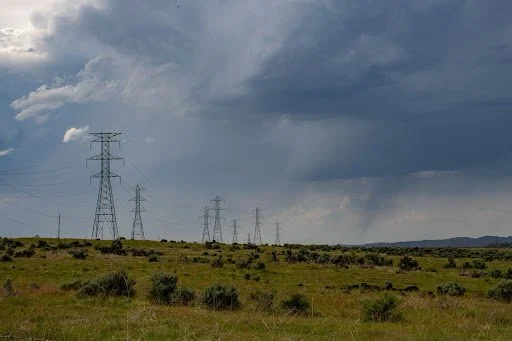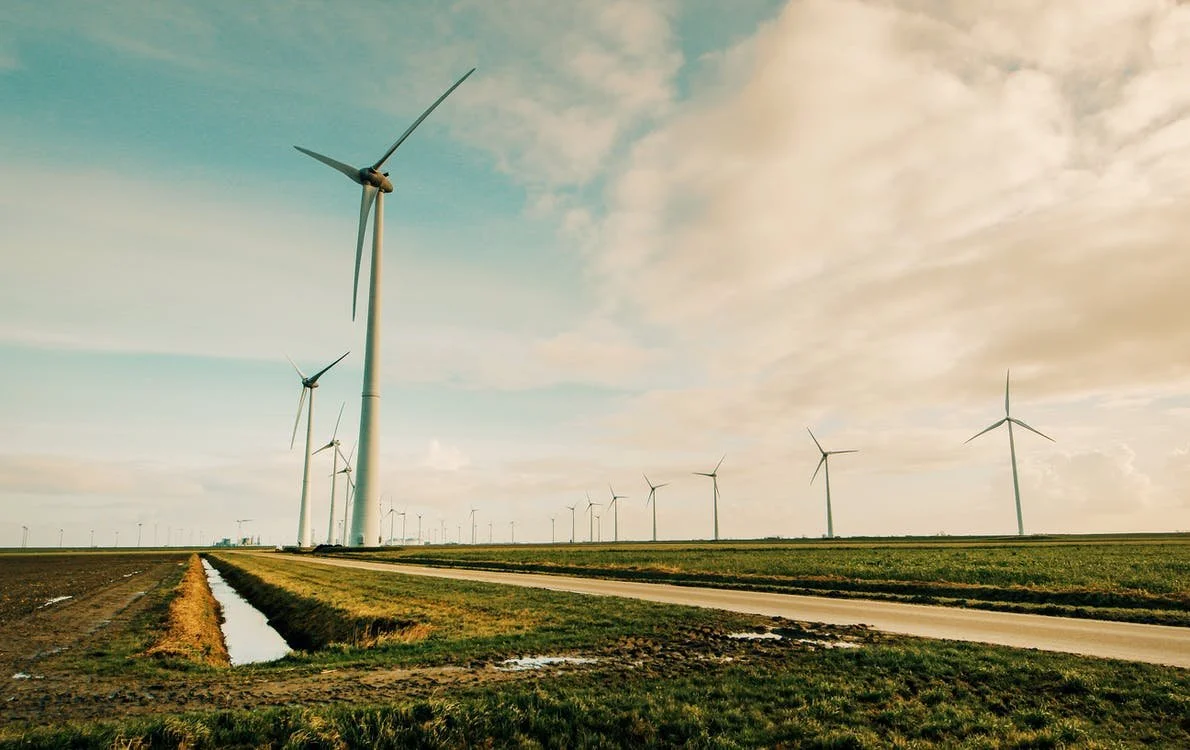It’s the final part of our Resilience Series, and this time we’re talking about resilience hubs. Keeping the power on in emergencies is a must, and it’s also important to consider the food, shelter, and well-being of a community. Read more to learn all about community resilience!
Microgrids & Energy Resilience
What is Resilience?
Book Review: Advocating for the Environment Part Two
In our last blog, we reviewed Part One of Advocating for the Environment by Susan B. Inches. In today’s post, we dive into Part Two, which details Inches’ ideas on how to create change through action and provides a handy toolbox of tips and tricks for doing so. Check out the final part of this series here!
Book Review: Advocating for the Environment
Advocating for the Environment by Susan B. Inches is an inspiring guide to how ordinary citizens can combat climate change. Inches provides an invaluable toolbox of strategies to enact this positive change. It’s a must-read for anyone feeling helpless about the impacts of climate change and a how-to guide perfect for both experts and non-experts looking to learn more about environmental advocacy. Check out this two-part series below for our review and selected highlights!
Reducing Our Recycling
Many of us were raised hearing the virtues of recycling. We all know that famous symbol of the three arrows that indicate the importance of the three Rs: reduce, reuse, and recycle. But is recycling all it’s cracked up to be? We have some thoughts! Read on to learn more about the interesting history behind the concept of recycling.
Boston’s Inequitable (Tree) Roots
Hug a Tree!
Distilling the Inflation Reduction Act
We are taking a little break from our series on air conditioning and its environmental impacts to bring you some important intel on recent federal legislation. The Inflation Reduction Act passed in the Senate, the House, and President Biden just made it all official by signing it into law! What does it mean for the Planet? Read on to find out!
Air Conditioning: Part 2 - Alternatives
In our last blog we talked about how mechanical air conditioning as we know it is bad for the environment, but with increasingly hot summers we also depend on it more to stay cool. How do we break this cycle? There are some passive (non-mechanical) things we can do to help regulate temps. Read on to learn more!












